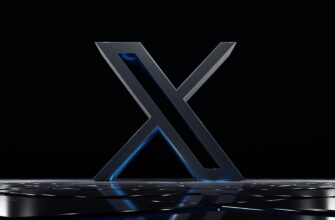Why Hedge Ethereum (ETH) During High Volatility?
Ethereum’s price swings can be extreme, especially on daily charts where macroeconomic news, regulatory shifts, and ecosystem updates trigger 10-20% moves. Hedging ETH on OKX lets traders protect portfolios from downside risk while maintaining exposure to potential upside. With OKX’s deep liquidity in ETH derivatives, traders can implement precise strategies to weather volatility storms without exiting positions.
Step-by-Step: Hedging ETH on OKX Daily Charts
- Analyze the Daily Chart: Identify key support/resistance levels using indicators like Bollinger Bands® (width >60%) or Average True Range (ATR >8%) signaling high volatility.
- Choose Your Hedge Instrument:
- Perpetual Swaps: 1-5x leverage for cost-efficient protection
- Futures Contracts: Fixed expiry dates for event-driven volatility
- Options: Buy puts for asymmetric downside protection
- Execute the Hedge: For a $10,000 ETH spot position, open a 1x short ETHUSDT perpetual swap. Monitor funding rates to avoid negative carry.
- Set Risk Parameters: Use OKX’s stop-limit orders 5-10% below entry with take-profits at volatility compression zones.
- Daily Rebalancing: Adjust hedge ratios weekly or when ETH’s 30-day volatility index (ETHV) changes >15%.
Advanced Hedging Strategies for Extreme Volatility
- Delta-Neutral Pairs: Short ETH perpetuals while longing ETH staking yields to offset funding costs
- Volatility Arbitrage: Capitalize on IV spikes by selling ETH options when OKX’s implied volatility > historical volatility by 20%+
- Correlation Hedging: Hedge ETH with BTC futures during crypto-wide selloffs (90-day correlation >0.85)
- Time Decay Plays: Sell weekly ETH options during high IV periods to harvest premium
Critical Risks & Mitigation Tactics
- Liquidation Cascades: Avoid >5x leverage during FOMC/merge events; use OKX’s portfolio margin mode
- Funding Rate Bleed: Hedge during negative funding epochs; swap to quarterly futures if rates exceed 0.1%/8hr
- Slippage: Place limit orders during Asian sessions when OKX’s ETH/USDT spread averages <0.05%
- Over-Hedging: Limit hedge ratio to 30-70% of spot exposure; OKX’s risk calculator helps optimize
ETH Hedging on OKX: FAQ
Q: What’s the minimum capital to hedge ETH on OKX?
A: $500+ allows meaningful position sizing. OKX supports micro contracts for smaller portfolios.
Q: How do I track hedging effectiveness?
A: Monitor OKX’s portfolio P&L dashboard. Effective hedges reduce drawdowns by 40-60% during 10%+ daily drops.
Q: Should I hedge before major ETH upgrades?
A: Yes! Implied volatility typically surges 120% pre-upgrade. Buy puts 2-4 weeks out for optimal protection.
Q: Can I automate ETH hedging on OKX?
A: Use OKX API with Python/TradingView scripts to trigger hedges when daily ATR breaches preset thresholds.
Q: What’s the tax impact?
A: Hedging creates taxable events. Consult a crypto tax specialist – offset gains with hedging losses where permitted.
Mastering ETH hedging on OKX transforms volatility from a threat into opportunity. By implementing these daily timeframe strategies, traders secure portfolios against black swans while positioning for Ethereum’s long-term growth. Start small, prioritize risk management, and leverage OKX’s institutional-grade tools to thrive in crypto’s most turbulent markets.








